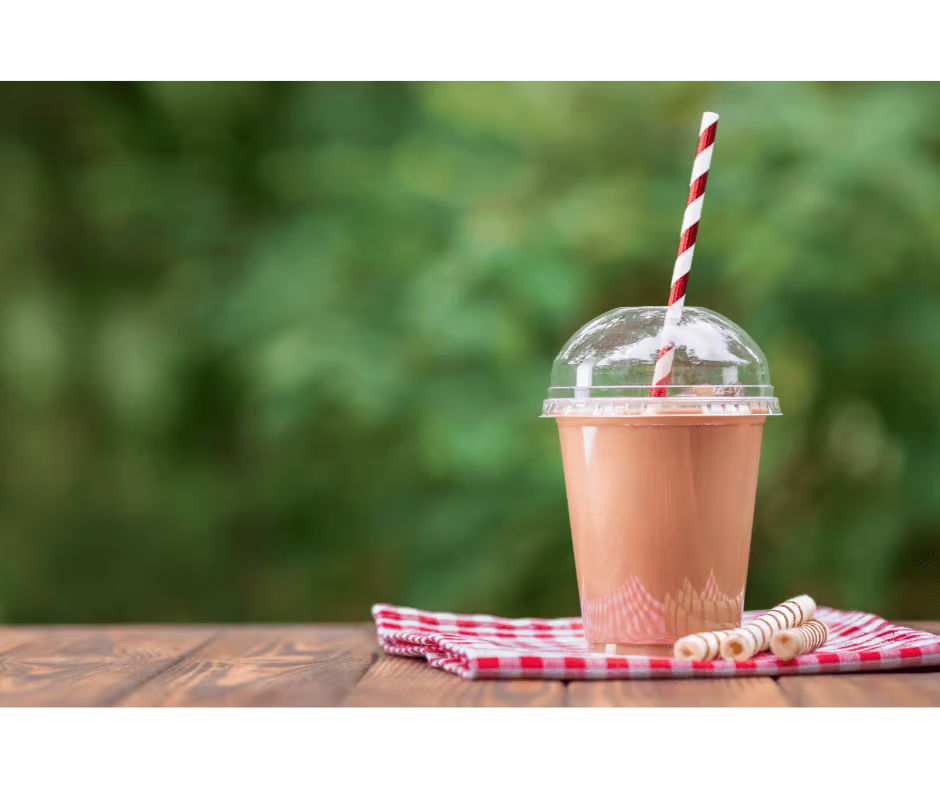Introduction
In the world of packaging, polypropylene (PP) bags stand out as a crucial solution for those seeking durability and environmental responsibility. Praised for their robustness and their ability to be reused and recycled, PP bags represent a significant advancement towards greener consumption practices. With this trend in mind, a common question arises: should you opt for a woven or non-woven PP bag?
By exploring the characteristics, advantages, and limitations of each type, we provide you with the keys to choose the PP bag that perfectly meets your needs, while aligning your packaging choices with your eco-responsible values.
I. What is Polypropylene (PP)?
Polypropylene, often abbreviated as PP, is a thermoplastic polymer widely used in a multitude of applications, from food packaging to textiles and, of course, reusable shopping bags. Its popularity in the manufacturing of shopping bags is due to a unique combination of attractive properties.
Why is PP used for shopping bags?
PP stands out for its exceptional resistance to tearing, wear, and water, making it particularly suited for creating shopping bags intended for frequent and versatile use. Additionally, its ability to be shaped into a variety of textures (from woven to non-woven) allows manufacturers to offer a wide range of products that meet specific needs in terms of strength, aesthetics, and cost.
Advantages of Polypropylene
Durability: PP is renowned for its high resistance, which translates into a long lifespan for PP shopping bags. This durability makes it an economical and environmentally responsible choice, reducing the need for frequent replacements.
Recyclability: A major advantage of PP is its recyclability. At the end of its life, PP bags can be recycled to create new products, thus contributing to a circular economy and reducing plastic waste.
Lightweight: Despite its robustness, polypropylene is a lightweight material, which makes transporting PP shopping bags easier without adding significant weight to the items carried.
Customization: PP is easy to customize using various printing techniques, allowing businesses to brand the bags with their logo or advertising message while maintaining the quality and visibility of the colors.
In summary, polypropylene offers both a practical and ecological solution for shopping bags, meeting consumer expectations in terms of functionality and environmental responsibility.
II. The Woven PP Bag
A. Manufacturing and Characteristics
Woven PP bags are created from interlaced polypropylene strips, forming a robust fabric. This weaving process endows the material with exceptional strength, capable of enduring significant stress without yielding. The resulting texture is both firm and flexible, allowing the bag to maintain its shape while being supple enough to accommodate various types of items.
B. Advantages
Strength and Load Capacity: Thanks to their woven structure, these bags are particularly resistant and can effortlessly transport heavy and bulky loads. This feature makes them the ideal companion for bulky shopping or industrial needs.
Reusability and Recyclability: Beyond their strength, woven PP bags excel in their longevity of use. Infinitely reusable, they significantly contribute to waste reduction. Moreover, once they reach the end of their life, they are fully recyclable, often made from already recycled materials, thus completing the circular economy loop.
Ease of Cleaning and Lamination Options: Another significant advantage is their ease of cleaning. A simple hand wash is enough to refresh them. For those seeking a more finished look, lamination options (matte or glossy) are plentiful, offering additional protection and enhanced aesthetics.
C. Disadvantages
More Rigid Appearance: While the robustness of woven PP bags is undeniable, it comes with a rigidity that is more pronounced compared to their non-woven counterparts. This aspect may limit their versatility for certain specific uses, where increased flexibility would be preferable.
In summary, woven PP bags stand out for their unmatched strength, durability, and positive contribution to the environment. Although slightly more rigid, their ability to support heavy loads, reusability, and customization options make them a favored choice for those who prioritize strength and longevity in their search for the ideal PP bag.
III. The Non-Woven PP Bag
A. Manufacturing and Characteristics
Non-woven PP bags are produced through a process that bonds polypropylene fibers together either thermally or chemically, creating a fabric-like texture. This method gives the bags a smooth and uniform surface, offering a distinctive appearance and quality finish. Their unique texture not only visually sets them apart from woven bags but also provides a pleasant softness to the touch.
B. Advantages
Flexibility and Adaptability: One of the major strengths of non-woven PP bags is their flexibility. This characteristic makes them extremely adaptable to various shapes and uses, allowing for extensive customization to best reflect your brand image.
Lightweight: Another appreciable quality of non-woven bags is their lightness. Easy to carry and store, they are an ideal option for lighter items such as documents, clothing, or promotional products at events.
Lamination Possibility: For those seeking a particular aesthetic effect, non-woven PP bags can be laminated to provide a matte or glossy finish. This option not only enhances the bag’s durability but also its visual appeal, making it more attractive.
C. Disadvantages
Non-Washable: Unlike woven PP bags, non-woven bags are not designed to be washed, which can limit their lifespan depending on their use.
Conditional Waterproofing: While lamination can provide some moisture protection, the waterproofing of non-woven bags is generally less reliable than that of woven bags unless they are specifically treated or laminated.
In conclusion, non-woven PP bags are an excellent alternative for those who prioritize flexibility, lightness, and the ability for high-end customization to promote their brand. Although they have some limitations in terms of washability and waterproofing, their adaptability makes them a preferred choice for a wide range of promotional and event applications.
IV. How to Choose?
Choosing between a woven PP bag and a non-woven PP bag depends on several key criteria, tailored to your specific needs, intended use, durability expectations, and the brand image you wish to project. Here are some tips to guide you in this important decision.
1. Define the Intended Use
Start by clearly identifying how and where the bag will be used. If you need a bag capable of carrying heavy loads and enduring repeated use, woven PP bags are likely your best choice due to their strength and exceptional durability. Conversely, if the bag is intended for promotional purposes, to carry light items such as documents at trade shows, or as packaging for e-commerce, non-woven PP bags, with their more refined appearance and flexibility, will be more suitable.
2. Consider Durability Requirements
Your commitment to sustainability and ecology also influences the choice of the bag. Although both types are recyclable, their life cycles and the ways they will be reused or recycled differ. Evaluate how often the bag will be used and the likelihood of recycling to make an informed choice.
3. Think About the Desired Brand Image
The visual appearance of the bag and customization possibilities play a crucial role in enhancing your brand image. Non-woven PP bags offer a smooth surface ideal for high-quality prints, which can be a significant asset for marketing campaigns and promotional events. Woven PP bags, on the other hand, project an image of robustness and durability, underscoring the values of an environmentally conscious brand.
4. Request Samples
Before finalizing your decision, request samples of both types of bags. This will allow you to test their feel, durability, and to verify the quality of the print. A practical test can often reveal details that will tip the scale in favor of one option or the other.
By following these tips, you can confidently choose the perfect PP bag that not only meets your needs but also aligns with your ecological values. A wise choice today is a step towards a more sustainable future.
Conclusion
Choosing between a woven PP bag and a non-woven PP bag goes beyond a mere aesthetic preference; it involves considerations of durability, functionality, and environmental impact. Here’s a summary to help you make an informed choice:
- Woven PP Bag: Ideal for uses requiring strength and durability, perfect for carrying heavy loads. They offer excellent reusability and are easy to clean, although they are more rigid in appearance.
- Non-Woven PP Bag: With their flexibility and lightness, they are suited for promoting a brand image during events, carrying light items, and for promotional uses. Their smooth surface is ideal for high-quality printing, although they are generally not washable.
Your choice will ultimately depend on the specific use you envision, your commitment to sustainability, and how you want your brand to be perceived.
If you are still undecided between these two options or if you need personalized advice to determine which PP bag best meets your needs, do not hesitate to contact us. We are here to provide samples and guide you towards the most suitable solution, in harmony with your values and objectives.

